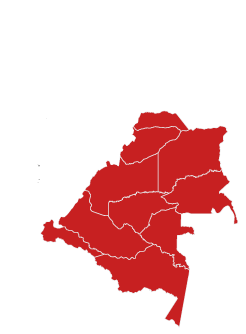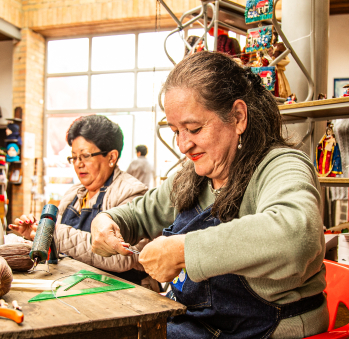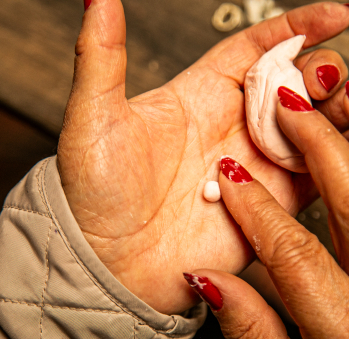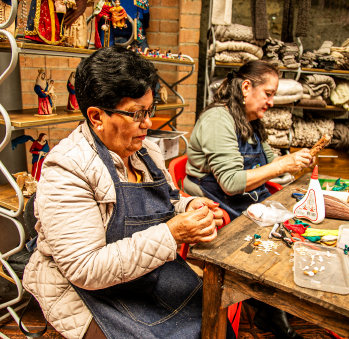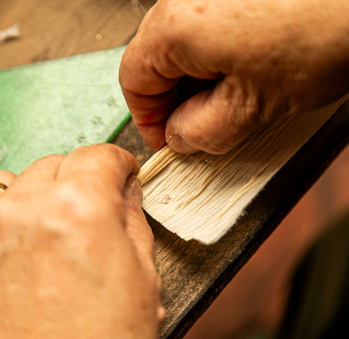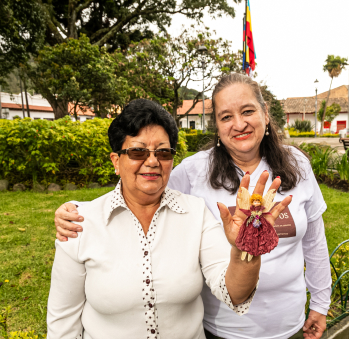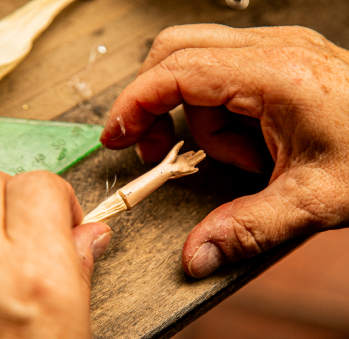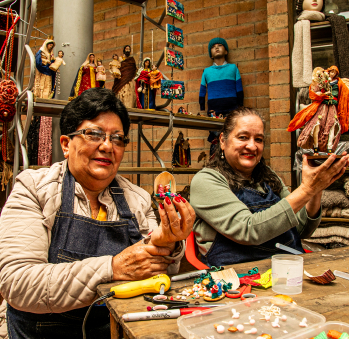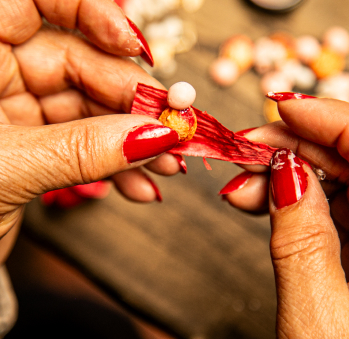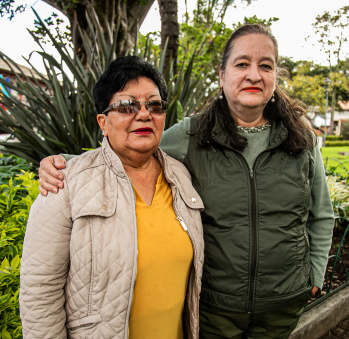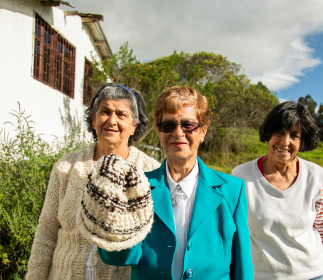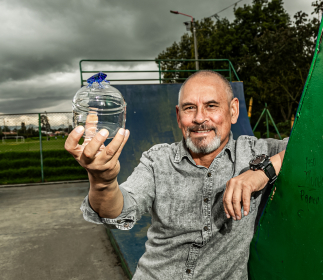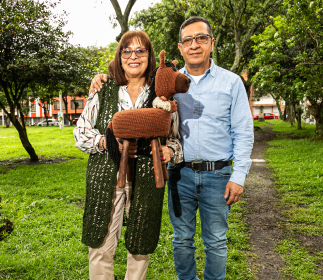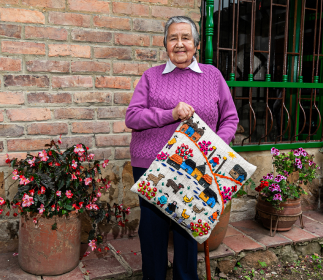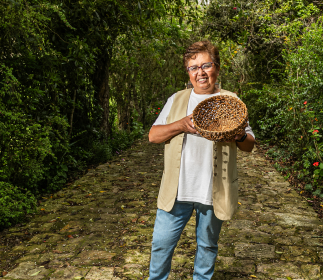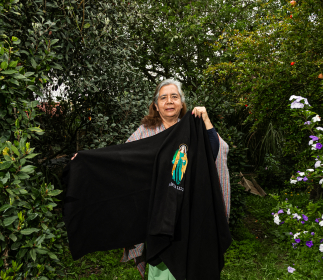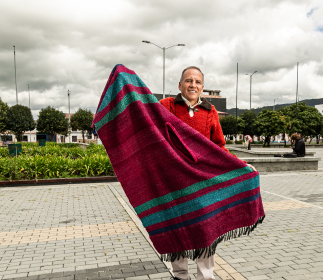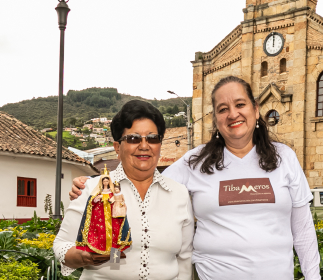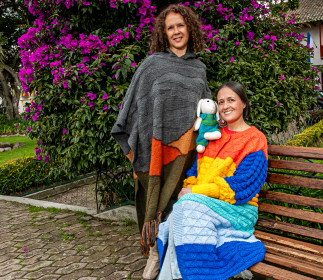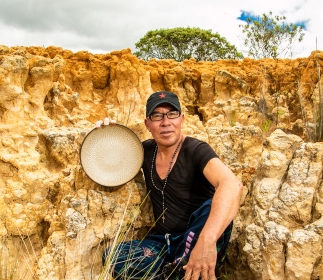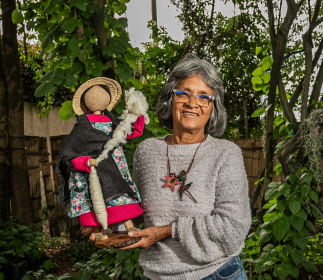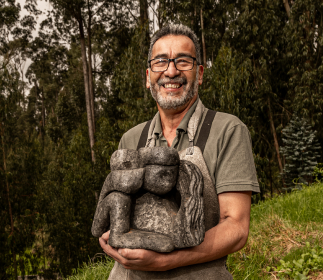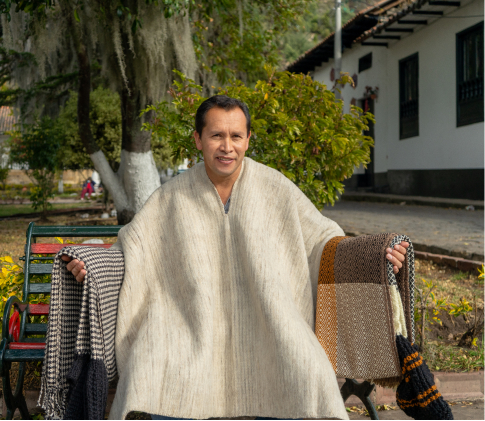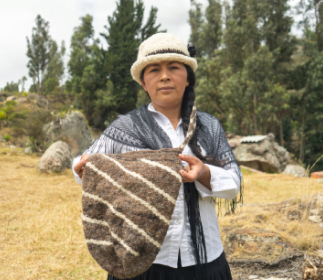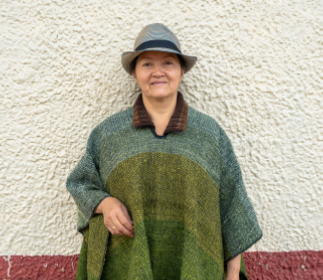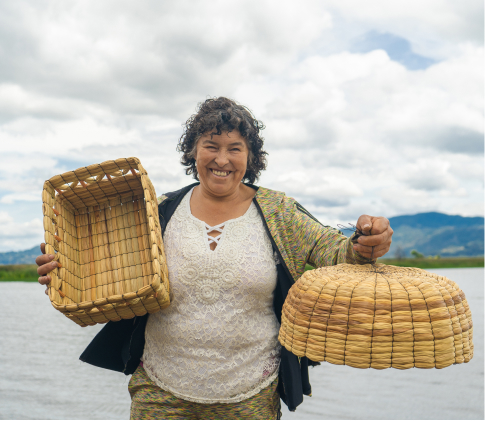Adriana de Jesús Arango y María del Cármen Guapo
Workshop: Tibameros
Craft: Work in natural materials
Trail: Cundinamarca Route
Location: Sopó, Cundinamarca
SCHEDULE YOUR VISIT
Plaza de artesanos carrera 2 # 3-12, Sopó, Cundinamarca
Adriana de Jesús: 3102570648
María del Carmen: 3214335457"
carmenguapoderomero@gmail.com
adrianaaruiz77@gmail.com
@tibameros_sopo
This is the small story of a woman from Pereira who, due to life’s circumstances, ended up settling in the Cundinamarca town of Sopó. Alongside another local artisan, they found in corn husk fiber a raw material with which to craft the most emblematic characters of this cold lands.
It all began with Adriana. Curious beyond measure, she watched her mother in Pereira sew cassocks for the Claretian priests. However, what fascinated her most at the age of nine was that within the same religious order, they created beautiful nativity scenes—an art she quickly became involved in, helping her mother assemble the figurines and sew outfits for Mary, Joseph, and the wise men. This is how she learned to sew, and from garment making, she derived her livelihood for years. So, when her husband’s job with a reputable paper company relocated them to Sopó, she had to start anew. She recalls how the people in this new land were as cold as the weather, and there seemed to be no room for a garment workshop, which made her feel far from home. Nonetheless, undeterred, she began to search for something to do with her hands. It was then that she enrolled in every workshop available—ceramics, leatherwork, and painting on tablecloths and sheets.
It was during this time that she met María del Carmen, with whom she clicked from day one—a person she regarded with warmth and as her closest link to this new territory now called home. Moreover, María del Carmen brought back memories of Adriana’s happy childhood—nativity scenes. Carmen crafted miniature versions using seeds: a melon seed for Baby Jesus, cotton for the sheep, and plum seeds for Saint Joseph and Mary—a tender display packed into a small box, much like herself.
So, when a course in corn husk fiber crafting became available, both eagerly enrolled. It was a highly unusual material in the realm of handicrafts and for Adriana, it felt like returning to the fabrics she had missed so much. Of course, corn husk fiber wasn’t fabric but a natural raw material requiring extensive preparation. Often perforated by bugs, it needed immunization and patient drying before it could be worked. Perhaps that’s why, out of twenty initial sign-ups, only they persevered to the end.
They are now approaching fifteen years of working creatively with this fiber, crafting traditional characters of the region—country men and women dressed in ruana, hats, and skirts, as well as dancers of typical local rhythms like pasillo, bambuco, and guabina. And, of course, the indispensable nativity scenes. Additionally, Adriana, reconnecting with religious memories from her childhood, encountered Sopó’s iconic archangels—renowned colonial paintings housed in the parish of the Divine Savior. She transformed these into corn husk figures that for years now have been the esteemed gifts presented by authorities to distinguished visitors of the town. Their pieces are worthy of admiration, appearing suspended in motion. Some of their figures even reach up to a meter in height.
These two partners and friends deeply admire each other. Each showers the other with praise, knowing they are complementary accomplices in the crafting of their artworks. If Adriana ever felt lacking in family ties in Sopó, that sentiment was dispelled by Doña Carmen, who brought the warmth of the savannah to Adriana’s life in these mountains she chose to call home.
Craft
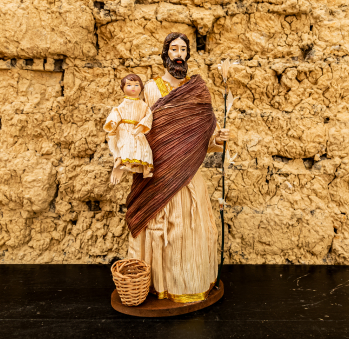
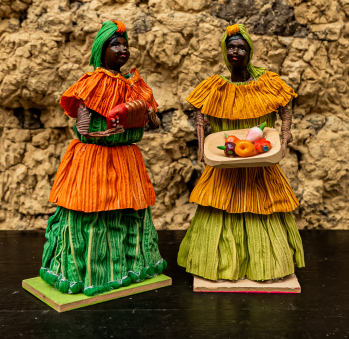
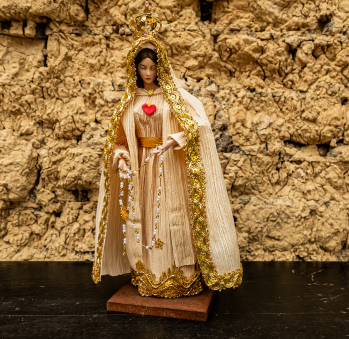
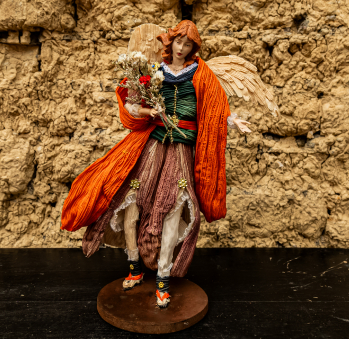
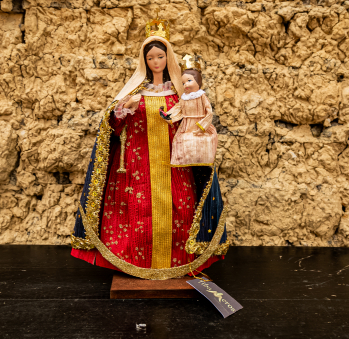
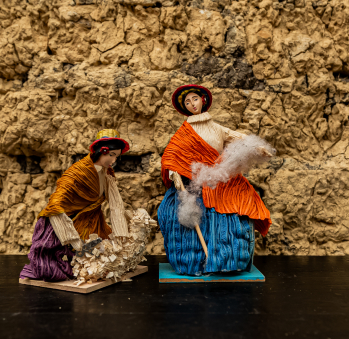
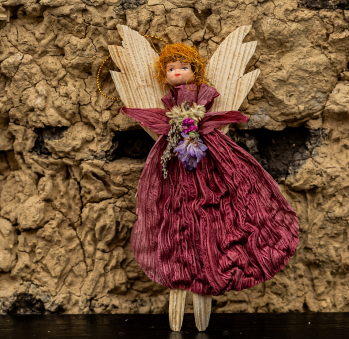
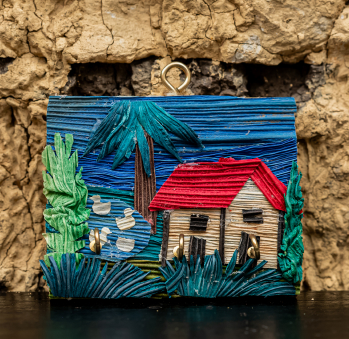
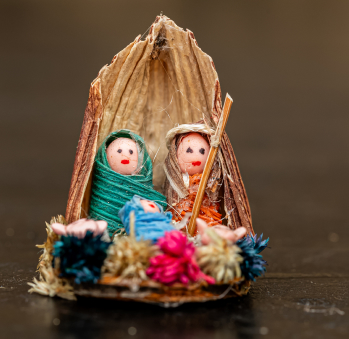
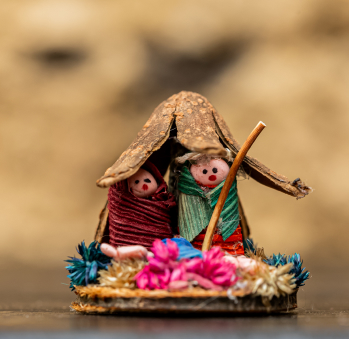
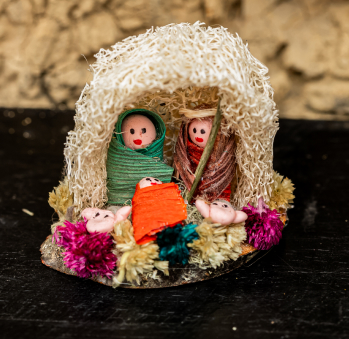











Artisans along the way
Artisans along the way
No puede copiar contenido de esta página

